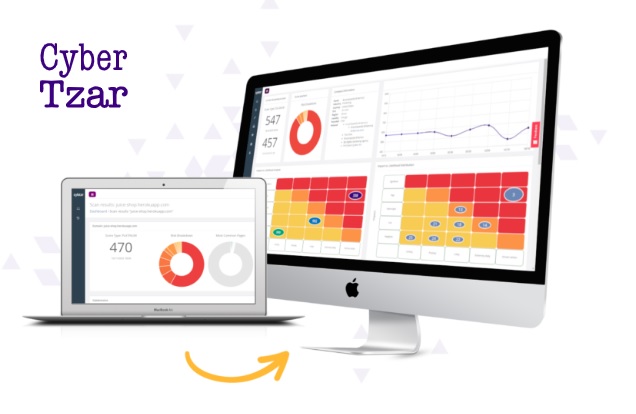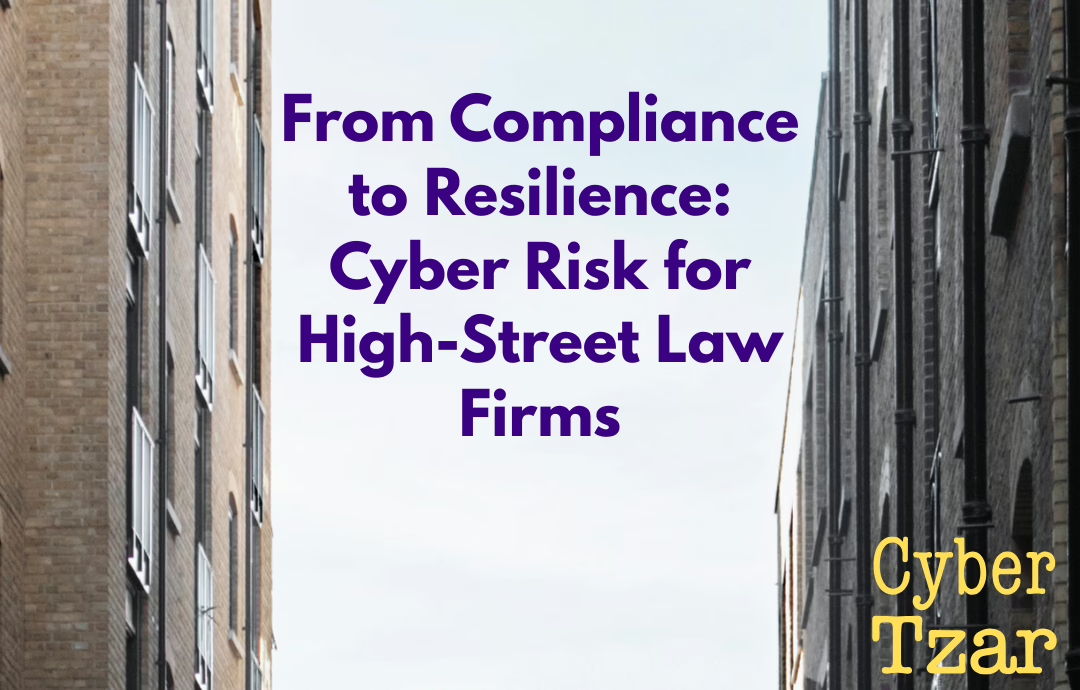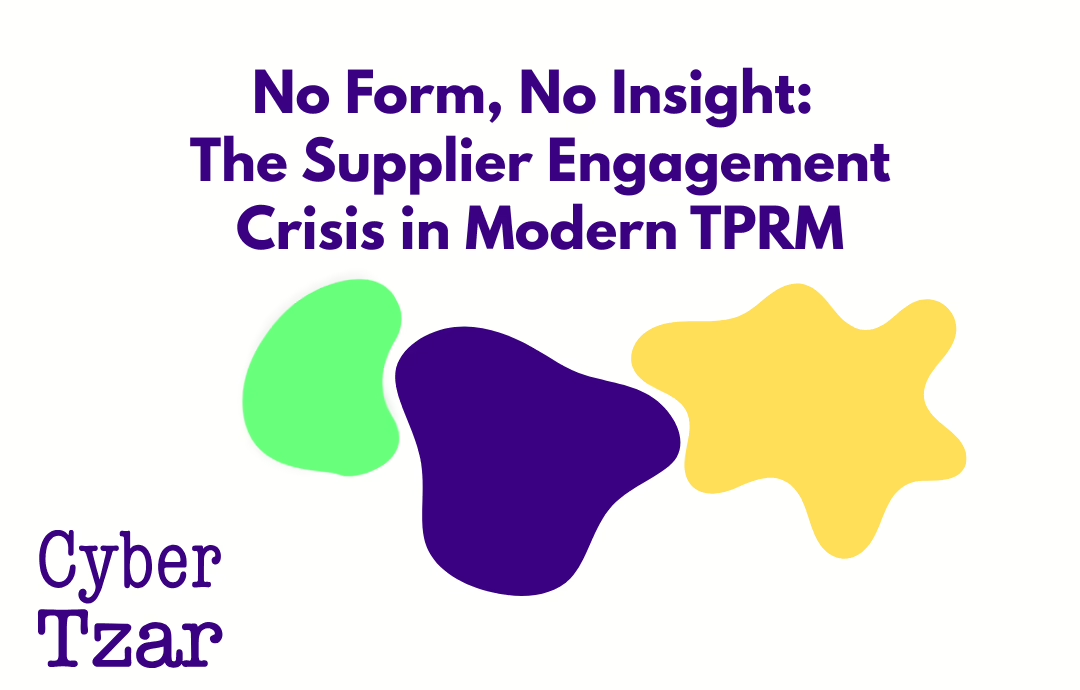Cyber risk management frameworks
When it comes to managing cyber risks, organizations have several frameworks to choose from. Each framework offers unique features and benefits, making it important to understand the differences between them. In this article, we’ll compare the NIST Framework, MITRE ATT&CK Framework, OWASP ZAP Top 10, CWE, and WASC, with a specific focus on cyber risk management.
The NIST Framework, also known as the NIST Cybersecurity Framework (CSF), is a risk-based framework that helps organizations manage and protect their information systems. It focuses on identifying, protecting, detecting, responding, and recovering from cyber threats. The NIST CSF is a widely adopted framework, and it’s easy to implement, making it a popular choice for many organizations.
The MITRE ATT&CK Framework, on the other hand, focuses on understanding the techniques and tactics used by attackers. It’s a comprehensive framework that covers all stages of an attack, including initial exploitation, privilege escalation, and data exfiltration. The MITRE ATT&CK Framework provides a comprehensive view of the attackers’ tactics and techniques, making it an excellent tool for threat hunting and incident response.
The OWASP ZAP Top 10, also known as the OWASP Top Ten Project, is a framework that identifies the top 10 web application security risks. It’s a well-known framework that provides a comprehensive list of web application vulnerabilities and how to fix them. OWASP ZAP Top 10 is an excellent tool for identifying and mitigating web application security risks.
The CWE, or Common Weakness Enumeration, is a framework that provides a common language for describing software security weaknesses. It’s a widely adopted framework that helps organizations identify, track, and manage software security vulnerabilities. CWE is an excellent tool for identifying and managing software security risks.
The WASC, or the Web Application Security Consortium, is a framework that provides guidance and best practices for securing web applications. It’s a comprehensive framework that covers all aspects of web application security, including identification, protection, detection, response, and recovery. WASC is an excellent tool for securing web applications and mitigating web application security risks.
In conclusion, each of these frameworks offers unique features and benefits when it comes to managing cyber risks. The NIST Framework is an excellent tool for identifying and managing cyber risks, while the MITRE ATT&CK Framework is an excellent tool for understanding the techniques and tactics used by attackers. OWASP ZAP Top 10, CWE, and WASC, are also excellent tools for identifying and mitigating web application security risks. Ultimately, the right framework for your organization will depend on your specific needs and goals.
All the aforementioned frameworks we use to report vulnerabilities in the CyberTzar platform, If you wish to look into them in more depth please feel free to check out these other articles: NIST Cybersecurity Framework (CSF) , MITRE ATT&CK Framework, OWASP ZAP Top 10 Framework, Common Weakness Enumeration (CWE) and Web Application Security Consortium (WASC)


